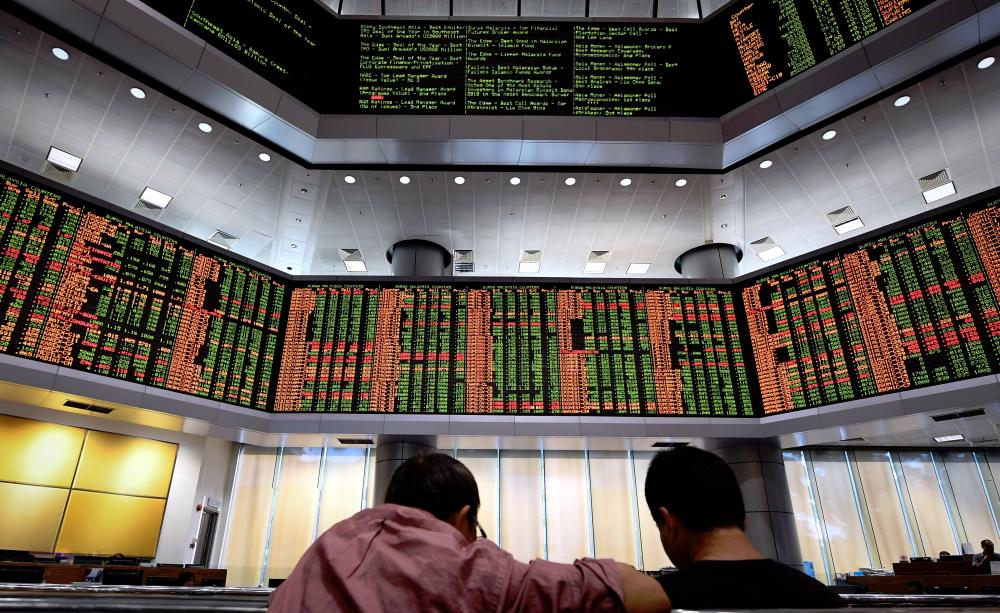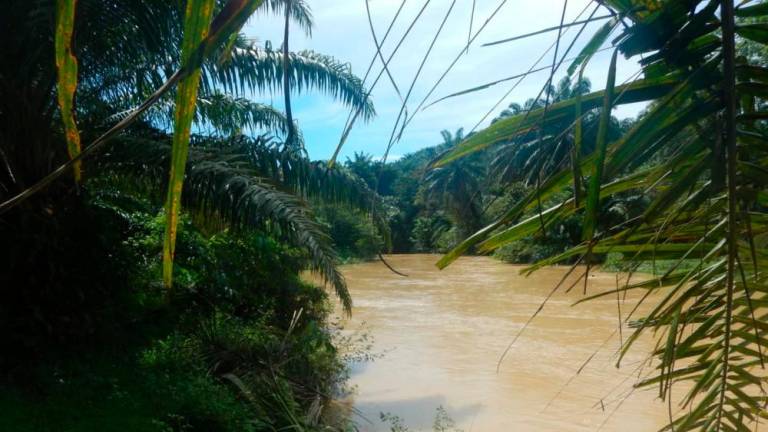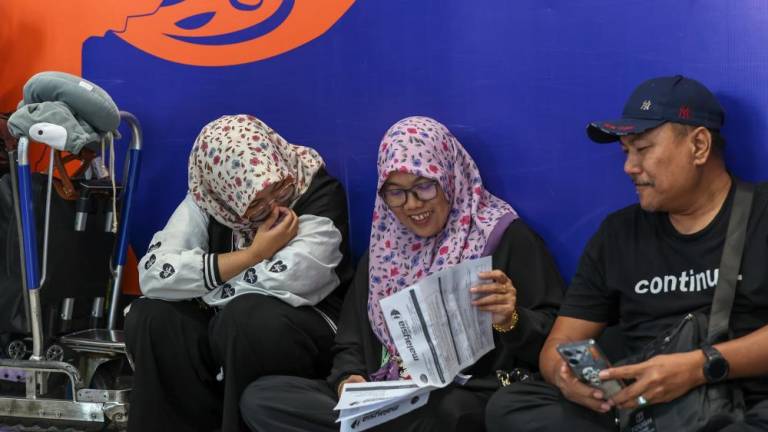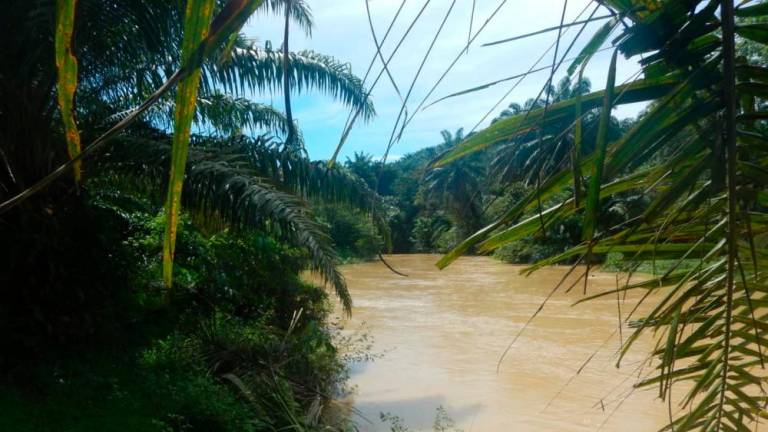PETALING JAYA: If you happen to be an investor experienced in short-selling, these last three weeks have been very good for you. Unfortunately, for the rest of us, it seems that nothing much can be done.
The stock market has been battered in what has been termed “the perfect storm” and it appears that the worst might not be over.
Last Friday, global stock markets plummeted on fears over the wide spread of Covid-19. The FBM KLCI plunged close to 100 points or 7% to a low of 1,320.96 points, before closing 74.68 points or 5.26% lower at 1,344.75, the lowest level since 2010, with a turnover of RM4.9 billion.
Over the past week, RM170 billion of market capitalisation was wiped out from Bursa Malaysia.
Year to date, the FBM KLCI has fallen 15.36%.
The changing newsflows about the prolonged impact of the Covid-19 pandemic, internal political turmoil and now the crude oil price war have churned the local bourse, causing international funds to dump RM1.19 billion net of local equities in the week ended March 6.
Interpacific Securities Sdn Bhd head of research Victor Wan told SunBiz that the market is still very susceptible to developments both locally and overseas, in particular the Covid-19 pandemic.
“I don’t know where we can find a bottom at this point. However, volatility is high, meaning the market will also react very quickly to positive news, so there could be an opportunity for a V-shaped recovery.
“It’s quite difficult to say what the lowest point the market could sink to will be, but at the rate things are going right now, it doesn’t look too good,” he said.
JF Apex Securities Bhd head of research Lee Chung Cheng said his year-end FBM KLCI target is 1,525 points.
“This is based on our assumption of no prolonged pandemic and a V-shaped economic recovery. Current resistance levels are pegged at 1,455/1,520 points, whilst support levels are at 1,400/1,370 points,” he said.
Meanwhile, on the ringgit, he said that a swift recovery in crude oil prices should not be expected, adding that the ringgit will continue to be under pressure in the short to medium term, probably at the range of 4.20-4.30.
Wan said that in this uncertain environment, it is typical to see investors looking for safe havens.
“This is not something that will only affect the ringgit but the rest of the Southeast Asian currencies will be severely affected. Odds are that the ringgit will decline further, but, of course, I have to stress that this is subject to what happens in the market,” he said.
Socio-Economic Research Centre (SERC) executive chairman Lee Heng Guie echoed the sentiment, saying that it is still early days to try and predict what the movements of the ringgit will be against the dollar.
“As long as there appears to be a risk of global recession, investors will still be putting assets into safe havens like gold, and emerging currencies will be the ones that get hit the most.
“The stress signs are there, which point to the downside, but I think the ringgit will still hopefully hold at the 4.15-4.25 range,” he said.













